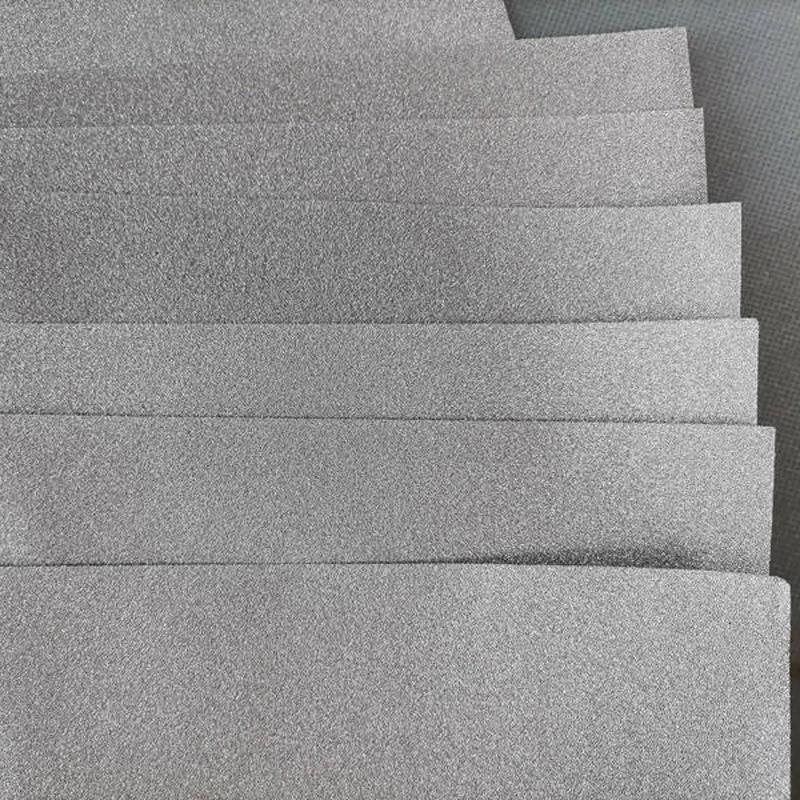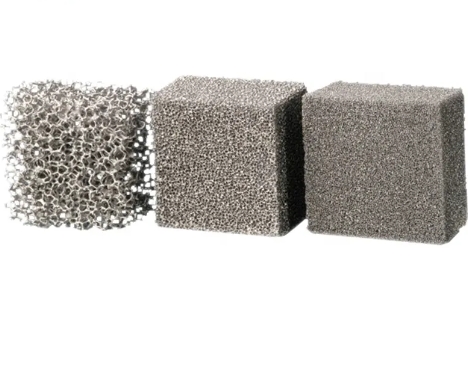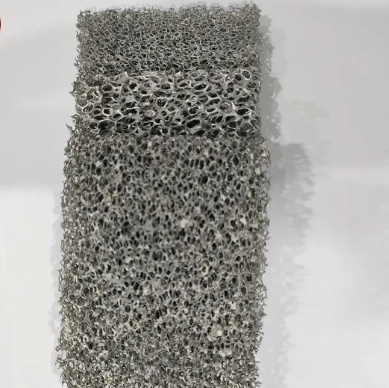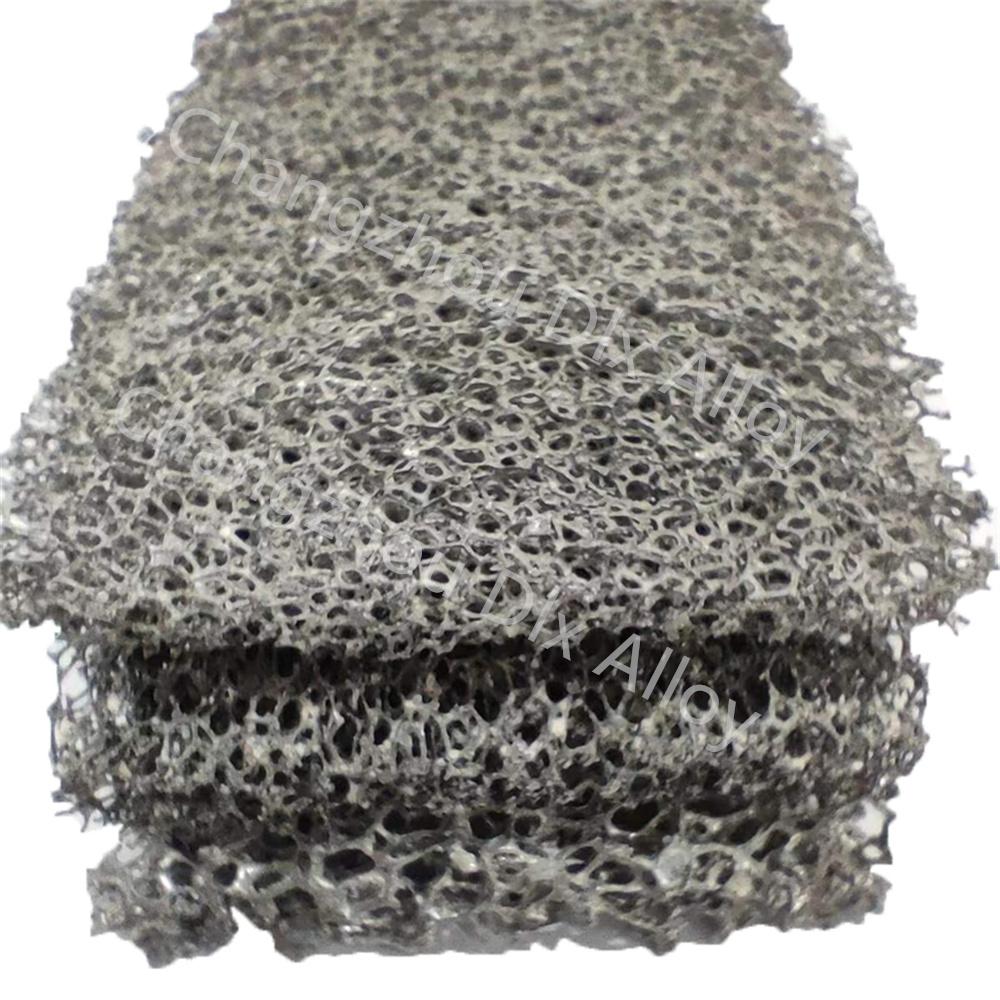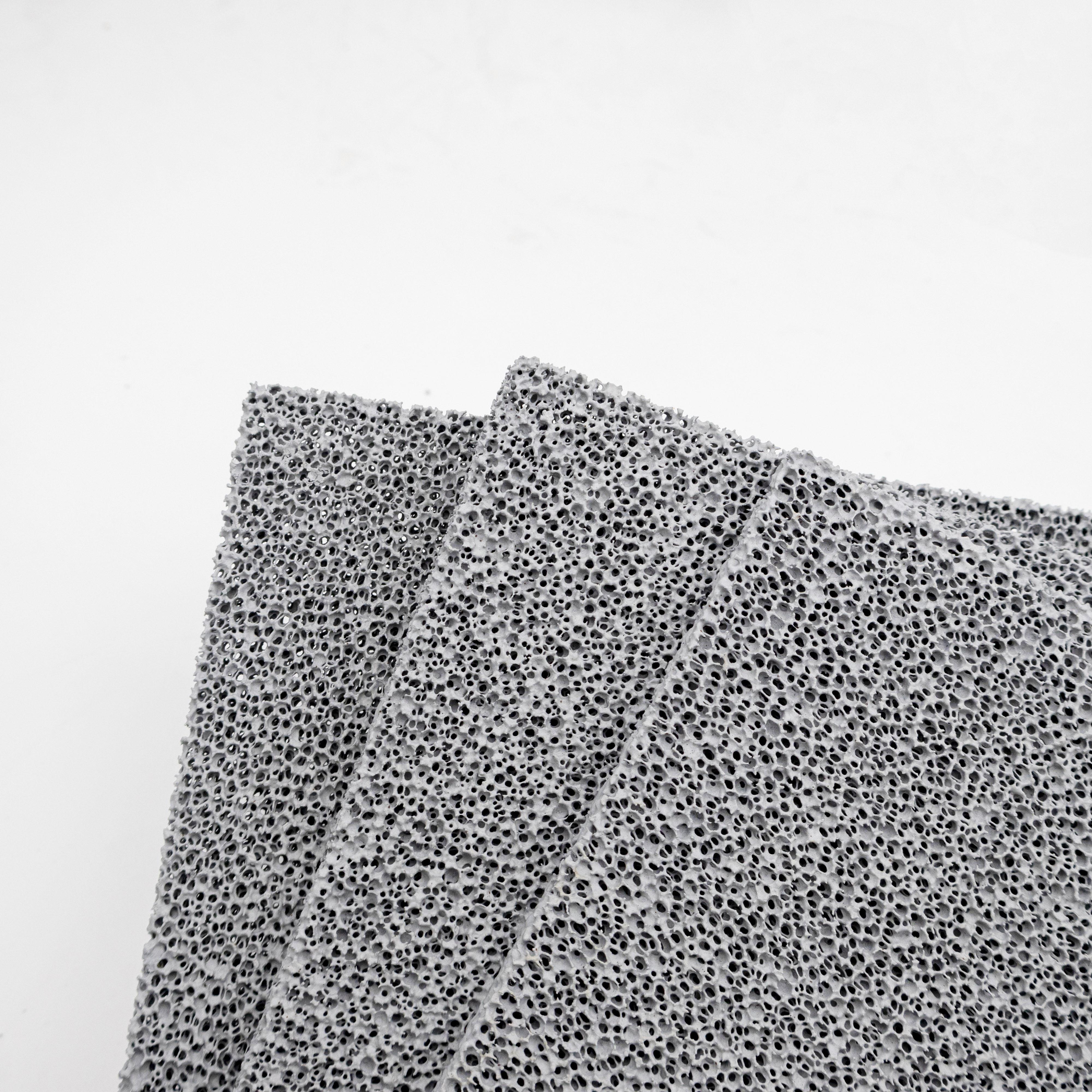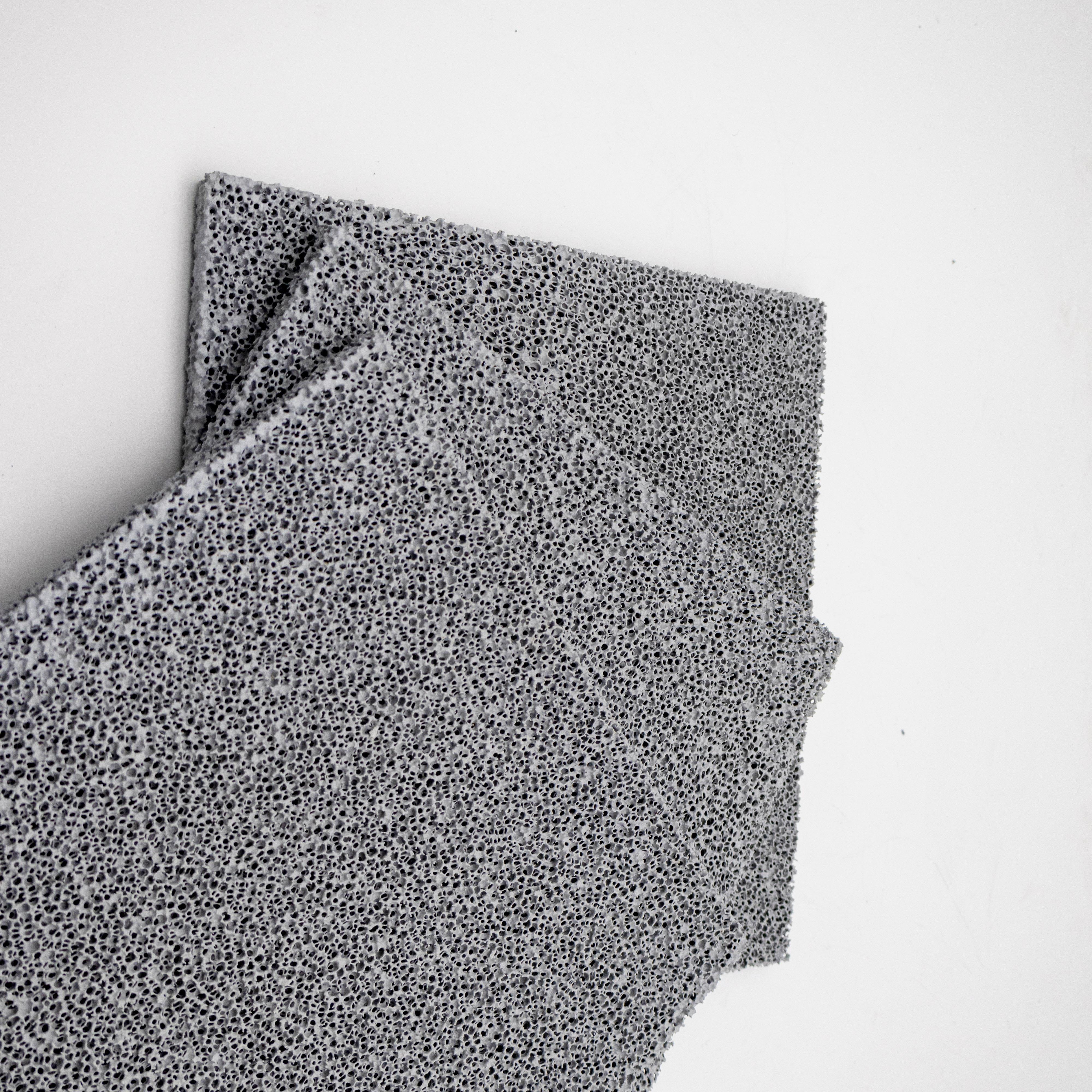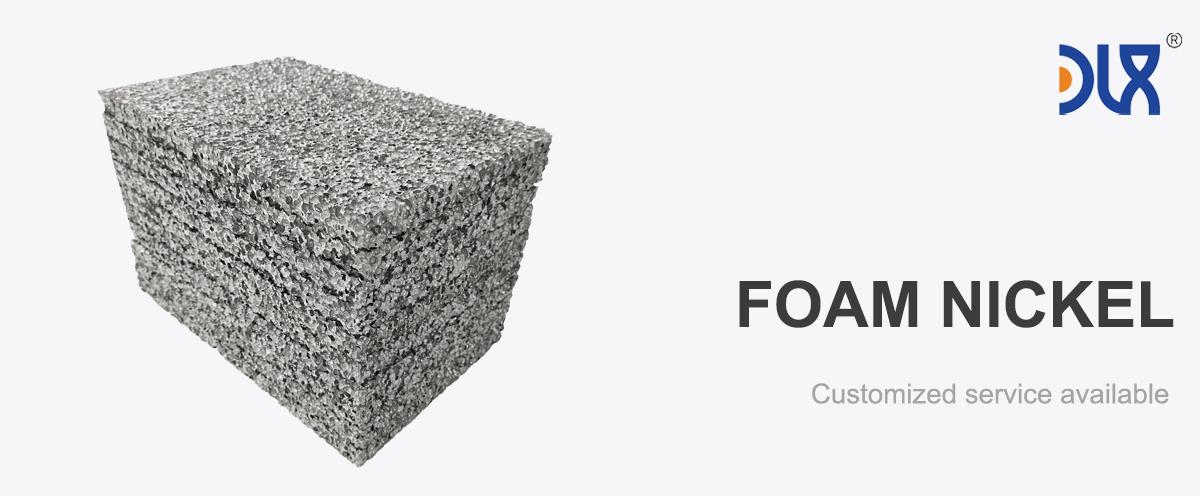
Our durable Nickel Foam for hydrogen storage and filtration media is a powerhouse material built to tackle two critical needs: storing hydrogen safely for clean energy and delivering top-notch filtration in tough industrial settings. Lightweight, corrosion-resistant, and highly porous, this foam is transforming industries from renewable energy to chemical processing. Let’s dive into what makes our nickel foam stand out, explore its applications, unpack industry trends, and show why we’re ahead of the curve in delivering solutions that matter.
Our nickel foam is a high-performance, porous material crafted from pure nickel, boasting a three-dimensional, open-cell structure with porosity up to 95%. This gives it a massive surface area, perfect for trapping hydrogen molecules or filtering gases and liquids. Its standout feature? Unmatched durability. It laughs in the face of harsh chemicals, high pressures, and extreme temperatures, thanks to nickel’s natural corrosion resistance and our advanced manufacturing process. We use electrodeposition and cutting-edge techniques to create uniform pore structures, with the flexibility to customize pore size, thickness, and density to fit your needs. Whether you’re building hydrogen fuel cells or filtering industrial wastewater, our foam is engineered to perform and last.
Why Nickel Foam Matters
Nickel foam is a game-changer for hydrogen storage and filtration because it solves real-world challenges. For hydrogen storage, its porous structure acts like a sponge, safely absorbing and releasing hydrogen for fuel cells and energy systems. Its high electrical conductivity makes it a top pick for fuel cell electrodes, boosting efficiency. In filtration, the foam’s open-cell design traps contaminants while allowing smooth fluid flow, resisting clogging even in demanding environments. Plus, it’s lightweight—think 0.1-1.0 g/cm³—yet tough enough to handle high-pressure cycles without breaking down. Add in its thermal conductivity, and you’ve got a material that’s as versatile as it is reliable.
|
Material |
Nickel foam, Sold in sheet |
|
Dimension |
500*1000, or customized as request |
|
Thickness |
0.5mm, 1.0mm, 1.5mm, 2.0mm, etc |
|
The aperture |
80 PPI (5-80 PPI available) |
|
Porosity |
90-98% |
|
Through Hole Rate |
≥98% |
|
Bulk density |
0.15-0.45g/cm3 |
For more details, pls directly contact us.
The nickel foam market is on fire, driven by the global push for clean energy and sustainable industrial processes. Valued at $180.5 million in 2023, it’s projected to hit $246.7 million by 2030, growing at a CAGR of 5.42%. The hydrogen economy is a major driver, with governments and industries investing heavily in green hydrogen for fuel cells and energy storage. Nickel foam’s role in hydrogen storage and fuel cell electrodes is critical as the world races to meet net-zero goals. Meanwhile, stricter environmental regulations are pushing industries like chemical processing and wastewater treatment to adopt high-efficiency filtration materials.
Sustainability is shaping the market, too. Manufacturers are under pressure to reduce waste and energy use, and our nickel foam fits perfectly—it’s recyclable and produced with eco-friendly methods. Innovations like 3D printing and electroforming are also shaking things up, allowing us to create tailored foam structures for specific applications. As industries demand lightweight, durable, and high-performance materials, nickel foam is outpacing alternatives, cementing its place in the future of energy and filtration.
Applications: Where Our Nickel Foam Excels
Our nickel foam is a multi-tasker, delivering results across a range of applications:
-
Hydrogen Storage: Its porous structure safely stores hydrogen for fuel cells, supporting clean energy systems in transportation and power generation.
-
Fuel Cell Electrodes: High conductivity and surface area make our foam ideal for electrodes in hydrogen fuel cells, improving efficiency and power output.
-
Filtration Media: From purifying wastewater to filtering gases in oil and gas plants, our foam traps contaminants while maintaining flow, even in corrosive environments.
-
Catalyst Supports: The foam’s large surface area boosts chemical reactions in industries like petrochemicals and pharmaceuticals, enhancing process efficiency.
-
Heat Exchangers: Its thermal conductivity makes it perfect for compact heat exchangers in electronics and energy systems, ensuring effective heat management.
-
Aerospace and Automotive: Lightweight and durable, our foam reduces vehicle weight while standing up to extreme conditions, improving fuel efficiency.
Industry Trends: What’s Next for Nickel Foam
The nickel foam market is evolving fast, and we’re staying ahead of the pack. Here are the trends shaping the industry:
-
Hydrogen Economy Growth: The rise of green hydrogen for fuel cells and energy storage is driving demand for materials like our foam, which excels in hydrogen applications.
-
Sustainability Push: Eco-friendly production and recyclable materials are must-haves, and our foam delivers with energy-efficient manufacturing and full recyclability.
-
Customized Solutions: Advances in 3D printing and electroforming let us tailor pore structures for specific needs, from ultra-fine foams for filtration to dense foams for hydrogen storage.
-
Lightweight Materials: Industries like aerospace and automotive are obsessed with weight reduction, and our low-density foam is a perfect fit.
-
High-Durability Demand: As applications face harsher conditions, our foam’s ability to withstand chemicals, pressure, and cycles sets it apart.
-
Energy Efficiency: With fuel cells and filtration systems needing to perform under high demands, our foam’s conductivity and porosity keep efficiency high.
Comparison Parameters Table
|
Parameter |
Nickel Foam |
Stainless Steel |
Carbon-Based Materials |
Polymer Foams |
|---|---|---|---|---|
|
Corrosion Resistance |
Excellent (resists acids, alkalis, seawater) |
Good (prone to pitting in chlorides) |
Moderate (degrades in harsh environments) |
Poor (degrades quickly in chemicals) |
|
Porosity |
High (up to 95%, customizable) |
Low (solid structure, less permeable) |
Moderate (inconsistent pore sizes) |
High (but less durable) |
|
Electrical Conductivity |
High (ideal for fuel cells) |
Moderate (higher resistance) |
Low (poor conductor) |
None (non-conductive) |
|
Thermal Conductivity |
High (effective for heat management) |
Moderate (lower than nickel) |
Low (poor heat dissipation) |
Low (not suitable for thermal use) |
|
Mechanical Durability |
High (withstands high pressure/cycles) |
High (but heavier) |
Low (brittle under stress) |
Low (prone to deformation) |
|
Weight |
Lightweight (0.1-1.0 g/cm³) |
Heavy (7.8-8.0 g/cm³) |
Lightweight (but less durable) |
Lightweight (but less robust) |
|
Recyclability |
Fully recyclable |
Recyclable (energy-intensive) |
Limited (degrades over time) |
Limited (difficult to recycle) |
|
Cost-Effectiveness |
Moderate (long lifespan, high performance) |
Low (cheaper but shorter life in harsh conditions) |
Low (frequent replacements needed) |
Low (but poor longevity) |
We’re not just churning out nickel foam—we’re crafting solutions that push industries forward. Here’s why our durable nickel foam stands out:
-
Unrivaled Durability: Our foam thrives in corrosive environments, high-pressure systems, and repeated cycles, cutting maintenance costs and downtime.
-
Customizable Design: We tweak pore size, thickness, and density to match your exact specs, ensuring optimal performance for hydrogen storage or filtration.
-
Eco-Friendly Edge: Fully recyclable and made with sustainable processes, our foam aligns with your green goals and global regulations.
-
High Conductivity: With excellent electrical and thermal conductivity, our foam boosts efficiency in fuel cells and heat exchangers.
-
Lightweight Power: At 0.1-1.0 g/cm³, it slashes weight without sacrificing strength, ideal for automotive and aerospace applications.
-
Expert Support: Our team partners with you from design to deployment, offering insights and solutions to tackle your toughest challenges.
A Competitive Edge: How We Stack Up
Our nickel foam blows other materials out of the water. Stainless steel is strong but heavy and less corrosion-resistant in chloride-heavy environments, making it less ideal for filtration or hydrogen storage. Carbon-based materials are lightweight but brittle and lack the conductivity needed for fuel cells. Polymer foams, while porous, degrade quickly in harsh conditions and can’t handle high-pressure applications. Our nickel foam nails the balance: high porosity, lightweight design, superior conductivity, and unbeatable durability, all backed by sustainable production.
We don’t stop at the product. Our end-to-end support—from custom design to post-installation service—ensures you get the most out of our foam. Our advanced manufacturing, including electrodeposition and 3D printing, delivers consistent quality and tailored solutions that set us apart in the market.
Looking Ahead
The future of nickel foam is bright, and we’re excited to lead the way. As the hydrogen economy takes off and industries demand cleaner, more efficient solutions, our foam is ready to deliver. We’re investing heavily in R&D to push the boundaries of what nickel foam can do, from developing ultra-fine structures for advanced filtration to high-density foams for next-gen fuel cells. Our commitment to sustainability means we’re constantly refining our processes to reduce waste and energy use, aligning with global environmental goals.
Our durable nickel foam isn’t just a material—it’s a catalyst for change in hydrogen storage and filtration. It’s lightweight, tough, and built to power a cleaner, more efficient future. Ready to see how it can transform your project? Let’s talk about making it happen.
For more details, pls directly contact us.

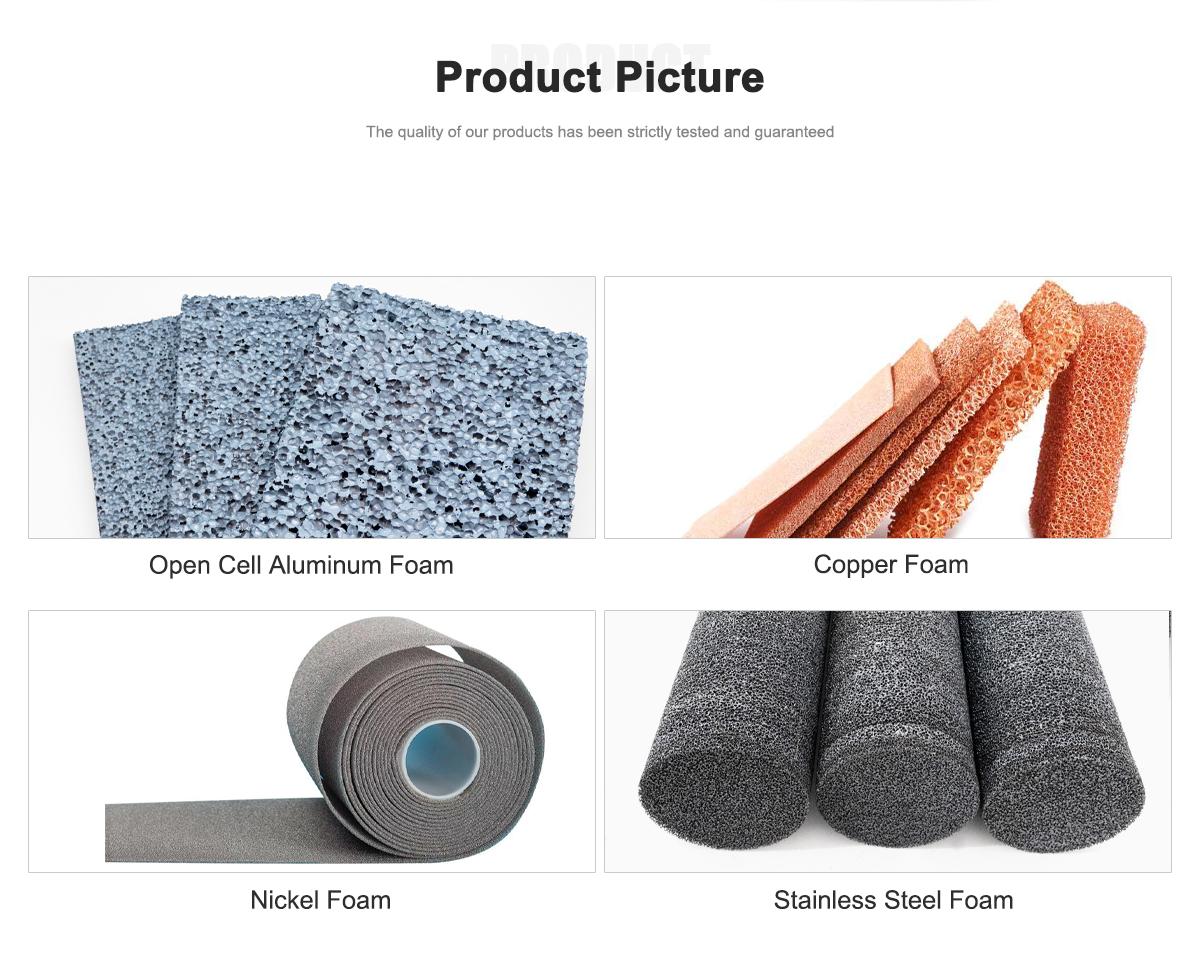
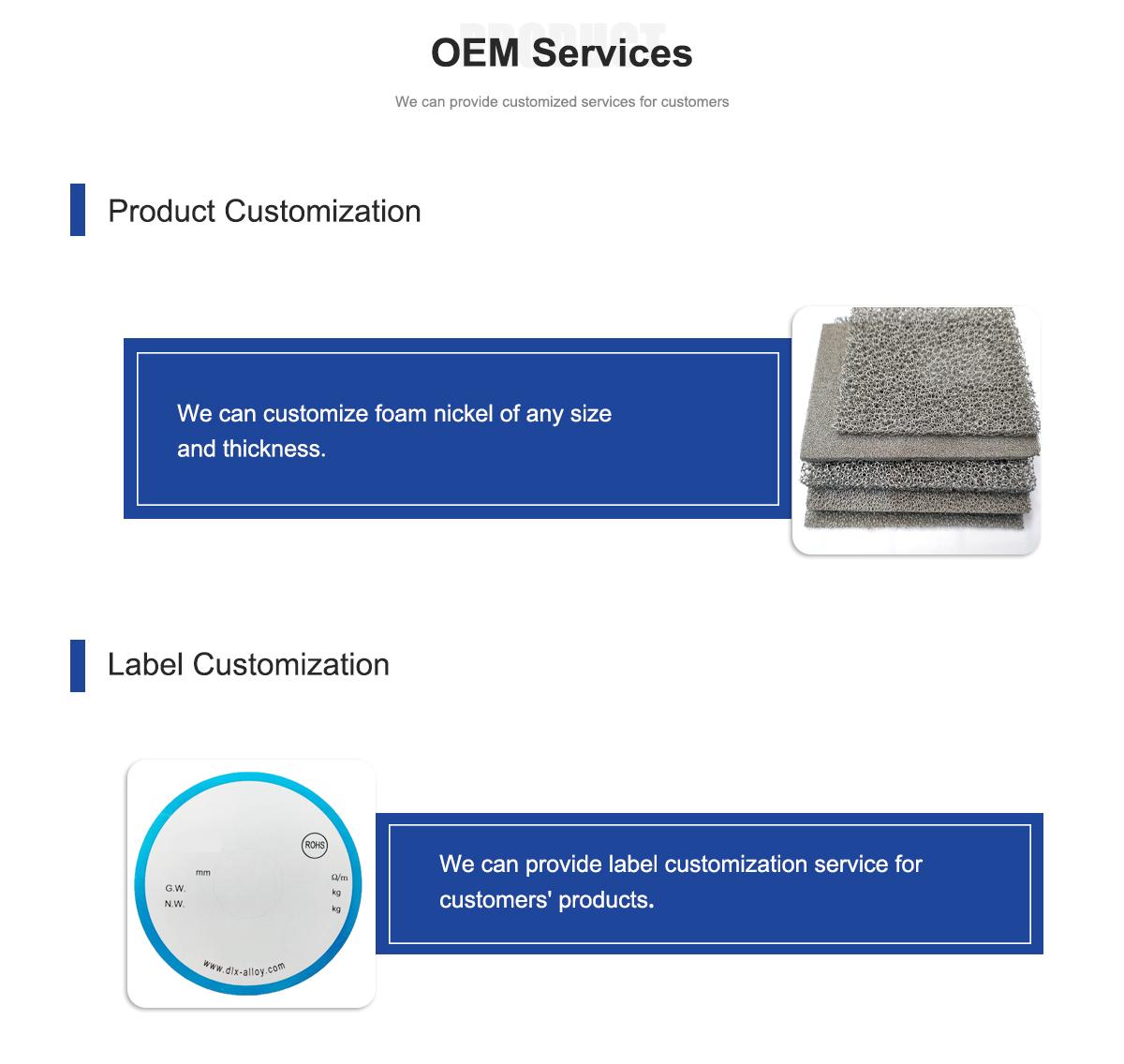
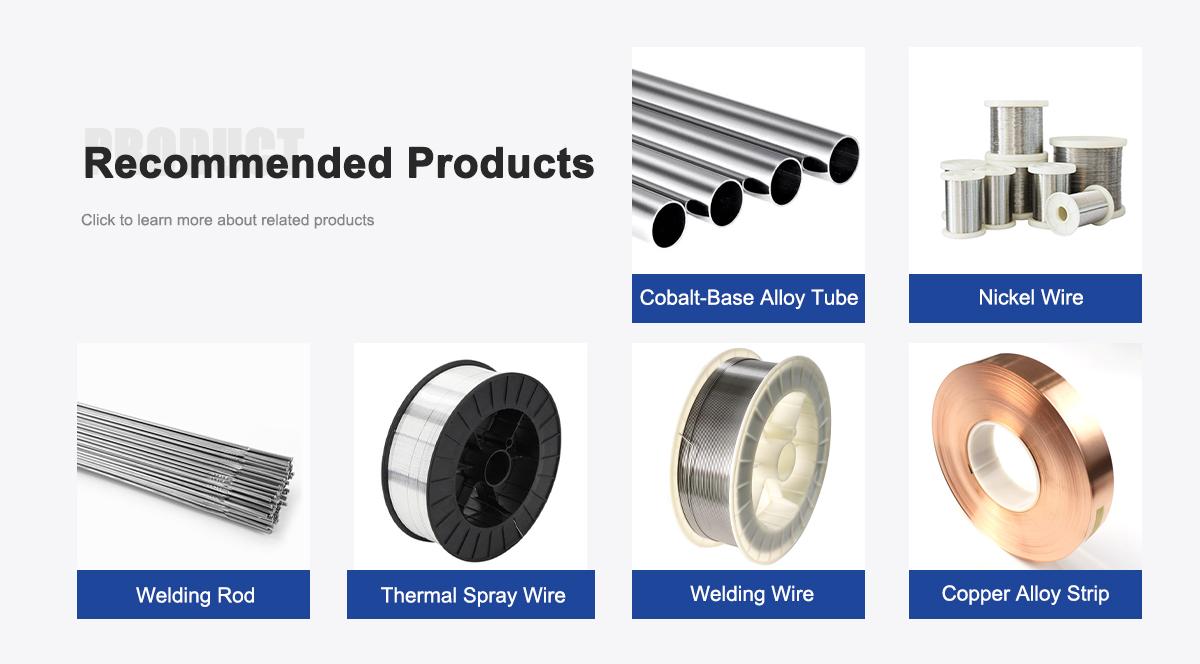
About Us:
Our 12,000㎡ factory is equipped with complete capabilities for research, production, testing, and packaging. We strictly adhere to ISO 9001 standards in our production processes, with an annual output of 1,200 tons. This ensures that we meet both quantity and quality demands. Furthermore, all products undergo rigorous simulated environment testing including high temperature, high pressure, and corrosion tests before being dispatched, ensuring they meet customer specifications.
For all our clients, we offer timely and multilingual after-sales support and technical consulting, helping you resolve any issues swiftly and efficiently.

Client Visits
Building Stronger Partnerships

We support all kinds of testing:


FAQs:
-
What is durable nickel foam?
It’s a high-porosity, corrosion-resistant nickel-based material designed for hydrogen storage and filtration, offering excellent durability and conductivity. -
How is nickel foam used in hydrogen storage?
Its porous structure safely stores hydrogen molecules, enabling efficient absorption and release for fuel cells and energy applications. -
What industries rely on nickel foam for filtration?
Chemical processing, oil and gas, wastewater treatment, renewable energy, and aerospace industries use it for gas and liquid filtration. -
Why is durability critical for nickel foam?
It ensures the foam withstands harsh chemicals, high pressures, and repeated cycles, reducing maintenance and extending service life. -
What are the key applications of this nickel foam?
It’s used in hydrogen storage systems, fuel cell electrodes, air and water filtration, catalyst supports, and heat exchangers. -
How does nickel foam compare to other materials?
It offers superior corrosion resistance, higher porosity, and better conductivity than alternatives like stainless steel or carbon-based materials. -
What are the latest trends in nickel foam applications?
Growing demand for hydrogen energy, sustainable filtration, and advancements in customizable foam structures are driving market growth. -
Is nickel foam eco-friendly?
Yes, it’s fully recyclable, supports green hydrogen storage, and is manufactured with energy-efficient processes.

